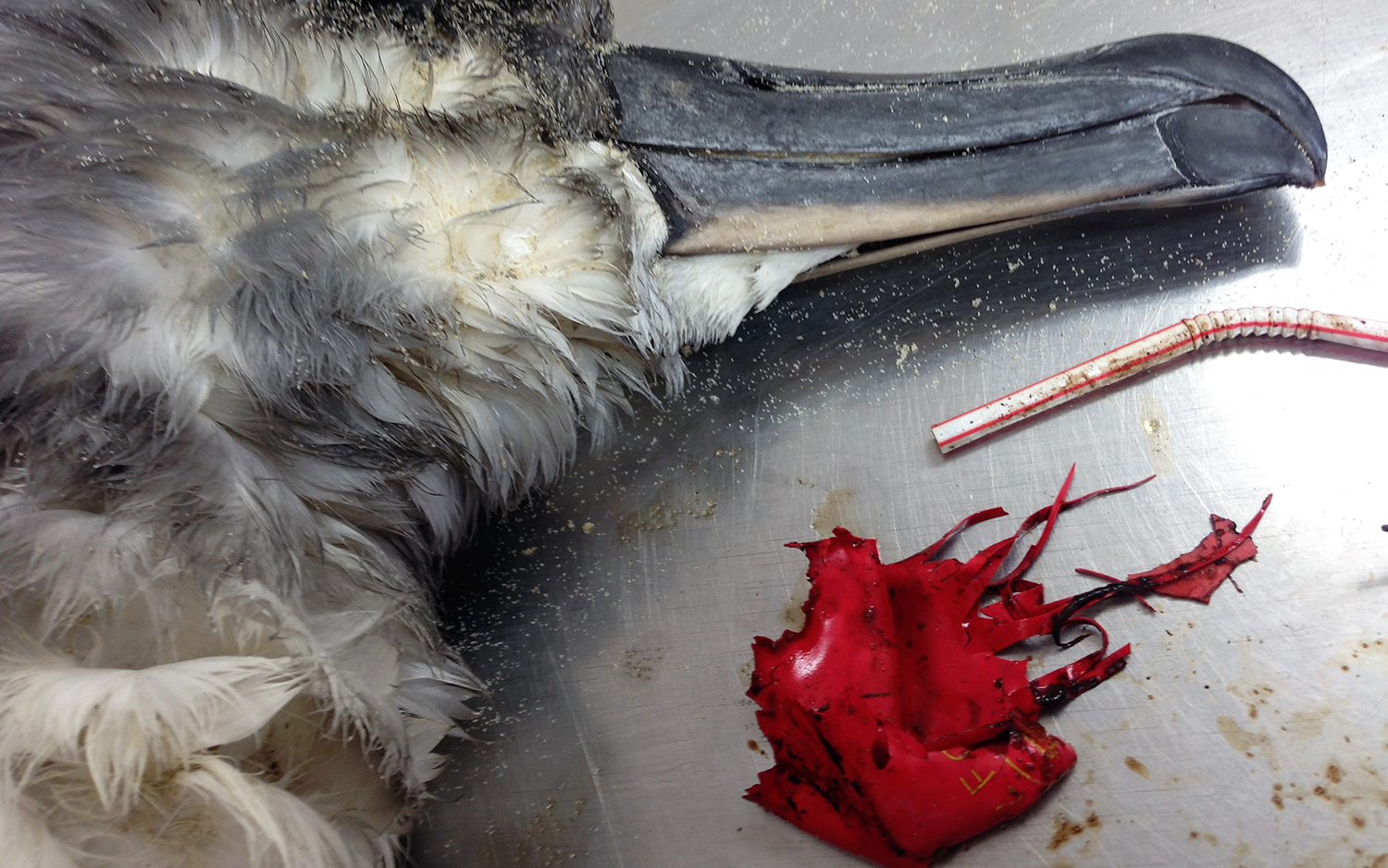Your Dumb Party Balloons Are Killing All the Seabirds

Forget about plastic straws: The deadliest ocean garbage for seabirds is balloons.
In a recent survey of over 1,700 dead seabirds, more than a quarter of the deaths were linked to eating plastic. Four in 10 of those deaths were caused by soft debris such as balloons (which are often made of plastic), even though it made up only 5 percent of the inedible trash in the birds' stomachs.
Seabirds frequently snap up floating litter because it looks like food; once swallowed, it can obstruct birds' guts and cause them to starve to death. If a seabird swallows a balloon, it's 32 times more likely to die than if it had gulped down a piece of hard plastic, researchers reported in a new study. [In Images: The Great Pacific Garbage Patch]
"Among the birds we studied, the leading cause of death was blockage of the gastrointestinal tract, followed by infections or other complications caused by gastrointestinal obstructions," lead study author Lauren Roman, a doctoral candidate with the Institute for Marine and Antarctic Studies at the University of Tasmania in Australia, said in a statement.
With an estimated 280,000 tons (250,000 tonnes) of floating marine debris worldwide, about half of all seabird species are thought to ingest plastic on a daily basis, the study authors reported. Birds are especially likely to swallow dangerous balloons because they closely resemble squid, according to the study.
The findings were published online March 1 in the journal Scientific Reports.
- Marine Marvels: Spectacular Photos of Sea Creatures
- In Photos: World's 10 Most Polluted Places
- In Photos: Litter Transforms Into Sea Creatures in Stunning Shots
Originally published on Live Science.
Get the world’s most fascinating discoveries delivered straight to your inbox.

Mindy Weisberger is a science journalist and author of "Rise of the Zombie Bugs: The Surprising Science of Parasitic Mind-Control" (Hopkins Press). She formerly edited for Scholastic and was a channel editor and senior writer for Live Science. She has reported on general science, covering climate change, paleontology, biology and space. Mindy studied film at Columbia University; prior to LS, she produced, wrote and directed media for the American Museum of Natural History in NYC. Her videos about dinosaurs, astrophysics, biodiversity and evolution appear in museums and science centers worldwide, earning awards such as the CINE Golden Eagle and the Communicator Award of Excellence. Her writing has also appeared in Scientific American, The Washington Post, How It Works Magazine and CNN.


